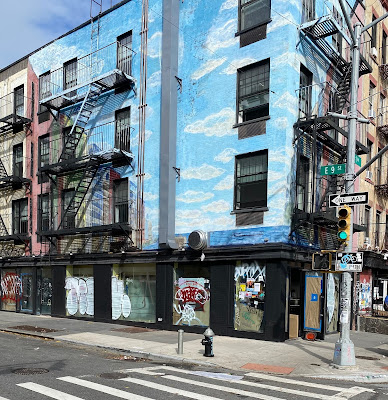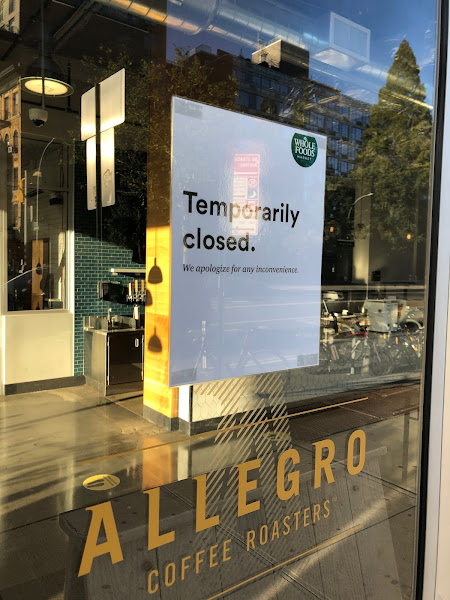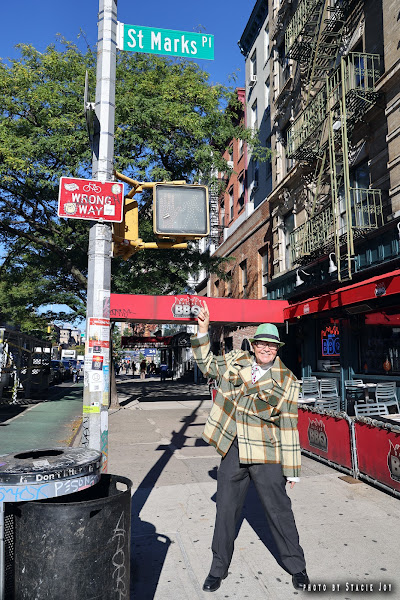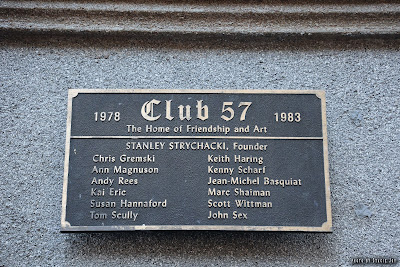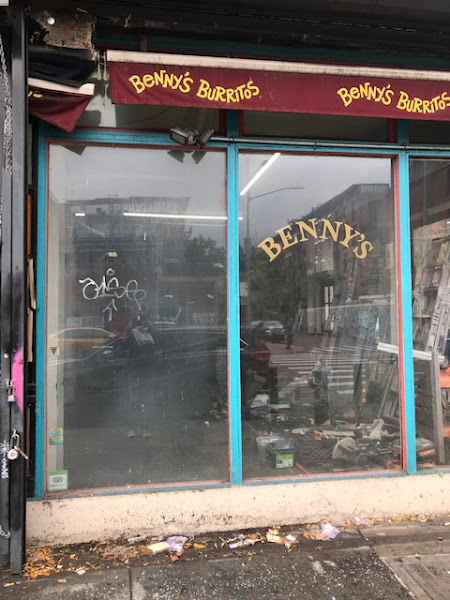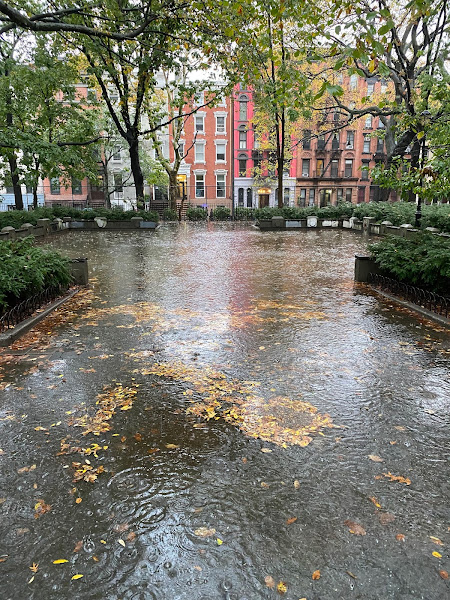The Marble Mouth Oracle
Since
visiting the former Super Dutchess, a new back space now accompanies the gallery's impressive front window, which faces out on Orchard Street between Grand and Hester.
Piles of boxes, kitchen equipment and random tools line the thoroughfare into the back room, making for quite an experience on opening night. Quintessential hole in the wall/New York vibe, yet, in relief, a hidden gem of a show, one drenched in research and exemplary curatorial refinement. Thanks to curator Andrew Woolbright.
"The Marble Mouth Oracle" presents a collection of eight artists' work, installed throughout both spaces of Below Grand. The artists featured here are Joe Bochynki, Caleb Jamel Brown, You Ni Chae, Gabriel Cohen, Jesse Genepi, Sarah Miska, Erik Probst and Randy Wray.
Woolbright has worked with Wray in previous shows and Accelerator (2011) oozes and torments the viewer.
Wray's pieces are so desirable yet, abject, especially when made out of his signature papier-mâché, acrylic and oil paints. Strewn together with found objects from the East River's debris: Denim, test tubes, crystals, wire, coins and buttons are all fused together with an aqua-based epoxy resin, forming an extraordinarily anamorphic and animistic sculpture.
There are multiple themes to this show, but one central thread that I personally read into was the depiction of religion — more specifically, the restrictive luxuries of paganism, the torment of worship, the life-long push and pull that devotion invites and the richness and collapse of martyrdom.
From Erik Probst's pointillistic and gruelingly detailed illustration to Gabriel Cohen's flawlessly man-made triptych, the work in The Marble Mouth Oracle grapples with values that we place on oracular objects/subjects in this case, religious superiority, its invasiveness and its seamless skill at re-narrating the truth.
This show regurgitates elements of historical ornateness, such as mosaic tiling or alter-y shaped pieces, yet each work embraces the unspoken truth that organized religion is so skilled at disguising ... pain.
There is also a sense of being chained to one's craft that potently comes through all 8 artists' work. Sarah Miska's painting in the back room zooms in on one of the body's most intimate and soulful (or sinful) parts. The pupil, the eyeball, the stare. The owner of these attributes, in this case, is a dressage horse. The intentional cropping of this painting sensationalizes the horse's restrictive realities.
In Miska's two smaller works, one renders a perfectly plaited horsetail, while the work above it depicts the rider's perfectly taught hair bun. The installation is presumably deliberate, emulating the complete backside of a horse rider sitting on their horse. To participate in an equestrian-related sport is, in fact, a religious practice in and of itself.
Another piece that brought me face to face with multiple gods (let's get specific here) was the most vital work in the show, Temperaments (2020), by Joe Bochynki. Bobbleheads of NSYNC's boy-band members lined the top of a large-scale bricolage that I spent at least two hours looking at online in an attempt to find the right words to describe it.
Definitely, definitely a mosaic piece in its execution and process, but also such a shrine, maybe even an ode to an alter piece? A tiled pastiche of the Old Testament? Regardless of my never-ending word search, this piece was so difficult to stop looking at, purely because you'd continue to find new moments every inch that your eyes traveled.
Tile, figurines, acorns, bobbleheads, censors, ball clubs, crosiers, trophies and toys are all used on panels to create this painstakingly labored piece of art. The act of making this work proves to me that Bochynki is not far from being a martyr himself, especially once you see the organically shaped pieces of tile.
If this was all done by hand (which I have to assume because some of the tiles were beveled), it would've had to have hurt him at multiple stages throughout the process….but the finished work has no indication of the blood, sweat and tears that would've gone into its production, rather so, anonymous figures are seen carrying reliquaries and sporting books.
Prized possessions are highlighted as holy. Unique and found objects in Temperaments become pure, polished and clean. The artist's agency is lost within the biblical grandeur of the work. I thought this piece was so conceptually sound and supporting to the shows' fellow artists.
I have focussed merely on the work that I felt solidified the thematics of the show. Still, there are so many more works that are intentionally powerful, controversial, even sacrilegiously sacred.
"The Marble Mouth Oracle" is running through Nov. 7. This is a must-see show and a must-watch gallery. To learn more about the space and past/current exhibitions, please visit this
link. Below Grand is open Monday-Saturday from 10 a.m. to 7 p.m., closed Sundays.

